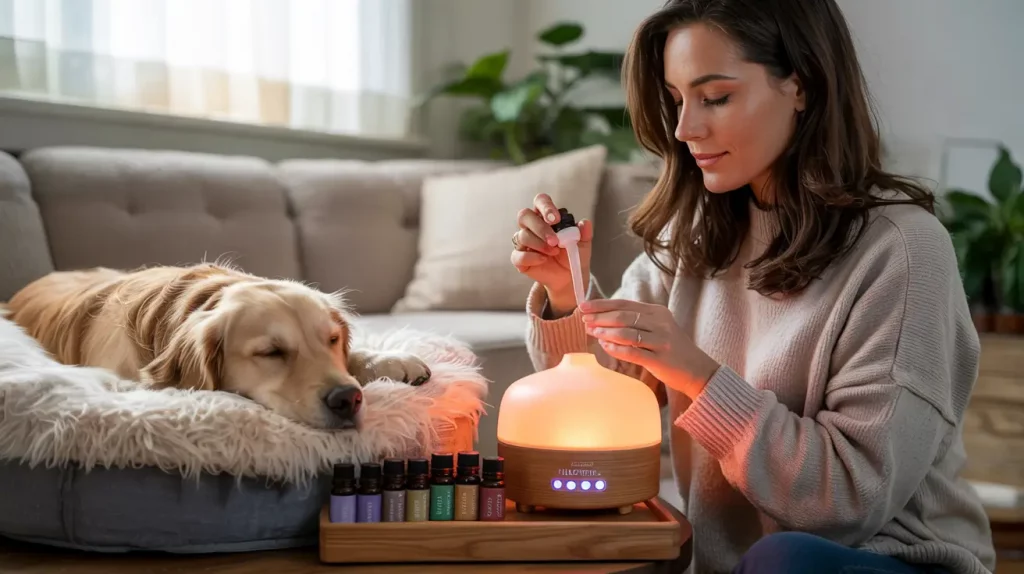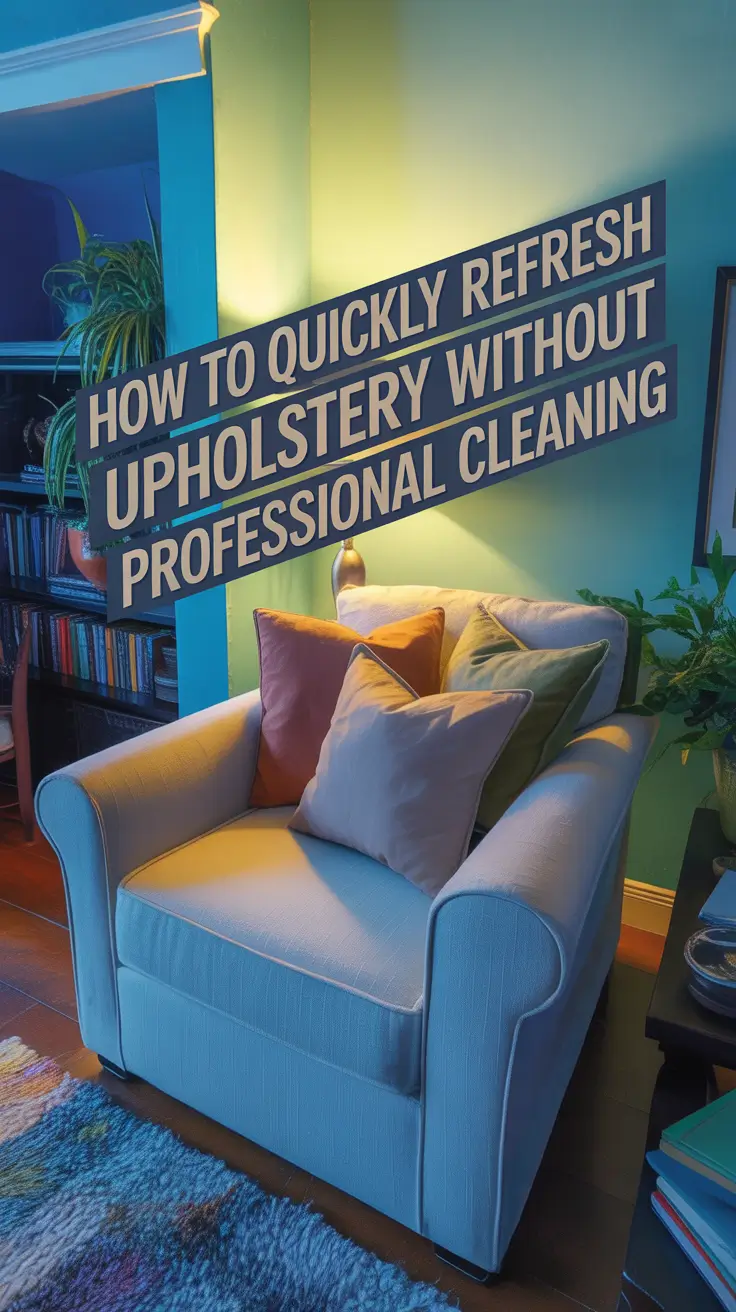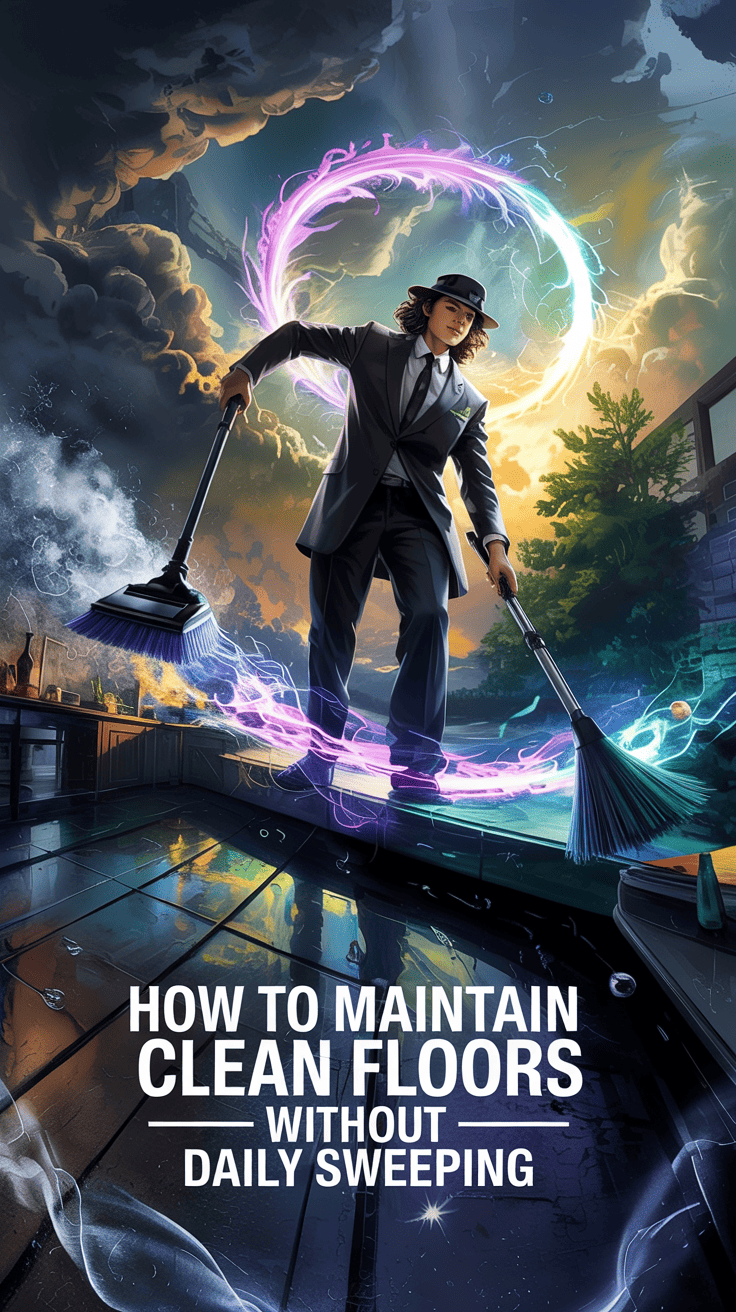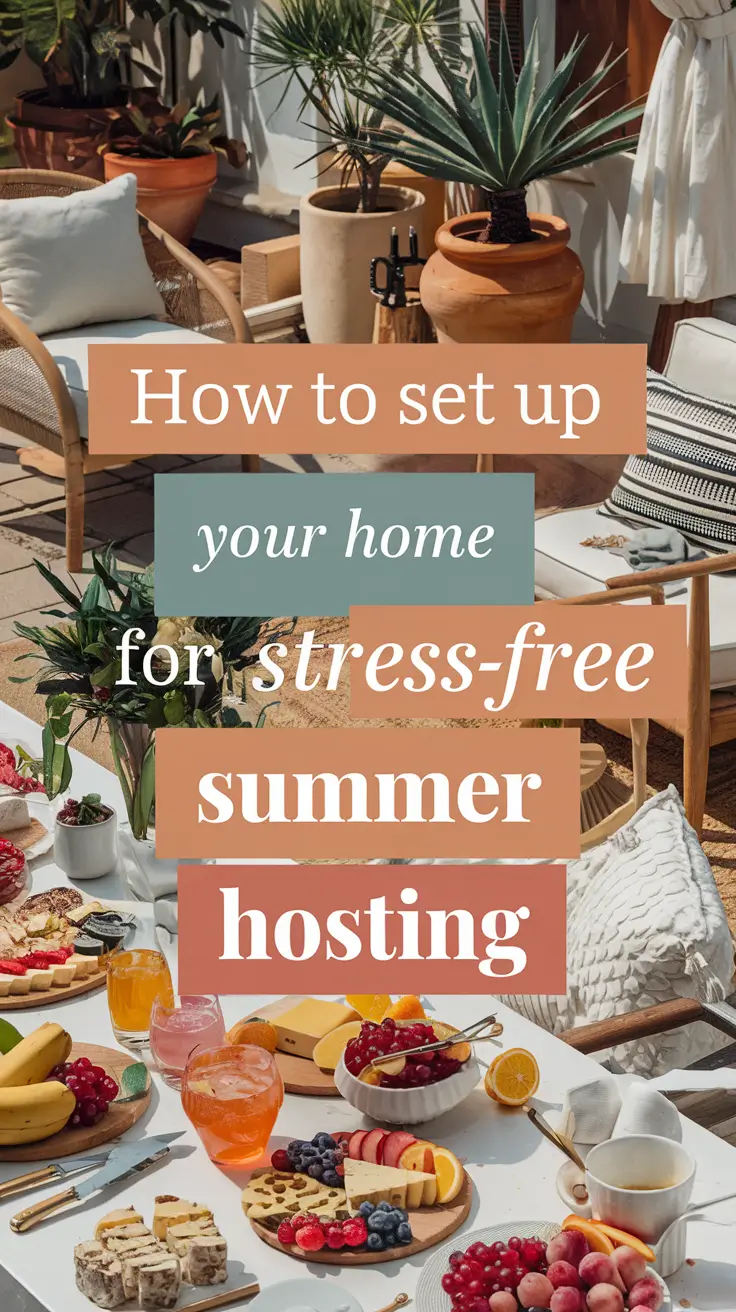How to Use Essential Oils for a Healthier Home Environment
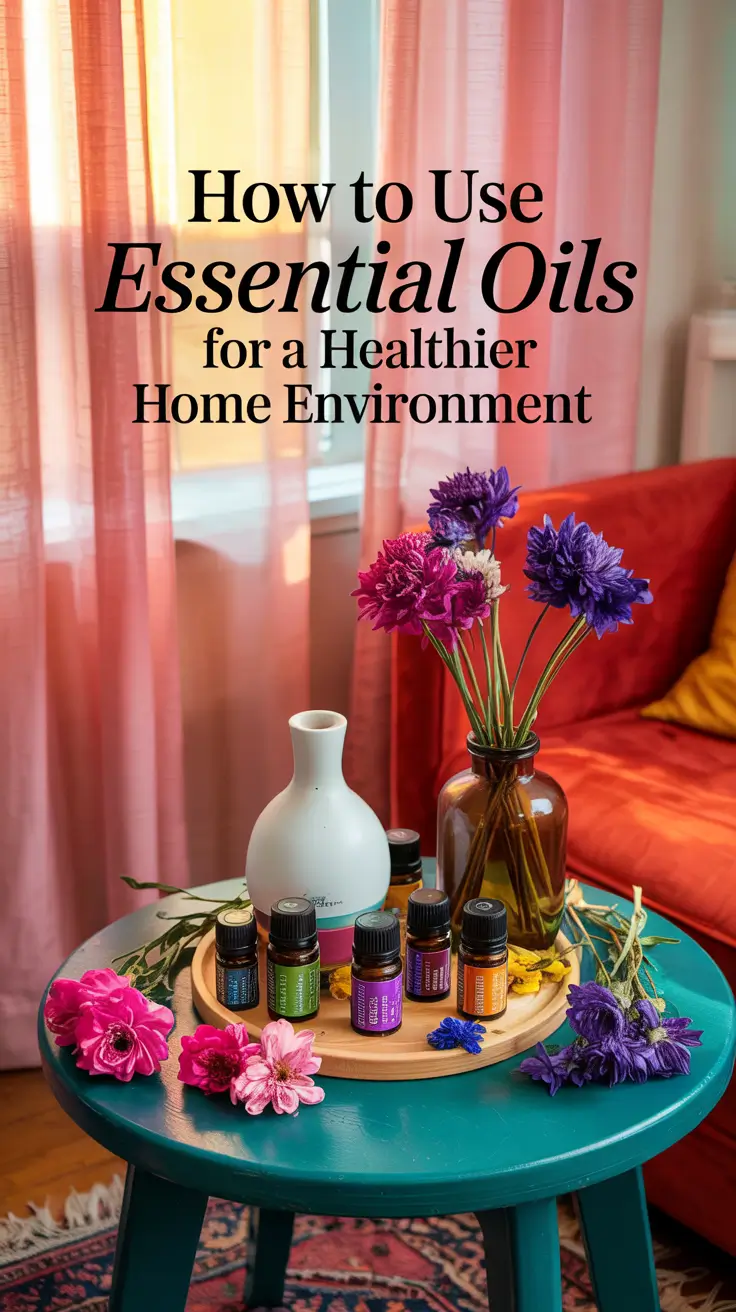
Did you know indoor air can be up to five times more polluted than outdoor air? The importance of developing healthier indoor environments will increase in 2025 because people continue to work from home while focusing on wellness. One natural, effective, and affordable solution? Essential oils.
This guide will teach you about using essential oils for home detoxification and mental clarity improvement and allergy reduction together with chemical cleaner replacement. The article provides modern household-specific safety advice along with expert guidance and recipes for both beginners and experienced aromatherapy users.
Who will benefit from this article?
If you or your family members suffer from allergies, stress, or sleep issues, or if you’re simply looking for a healthier, fresher-smelling space, this guide is for you.
Why Essential Oils Are a Must-Have in 2025
The year 2025 brings essential oils forward as the preferred natural plant-based choice for people who want to avoid synthetic products.
Natural Wellness in a Synthetic World
Essential oils have gained increased popularity since society adopted sustainability practices. The plant-based origin of essential oils provides therapeutic advantages which research has validated instead of the synthetic air fresheners commonly used today. Lavender provides anxiety relief whereas eucalyptus functions as an air purifying agent.
Market Research Future predicts that the global essential oils market will expand to $15 billion during the period from 2027 to 2027. This sustainable movement has seized hold of the market as a real force that shows no signs of slowing down.
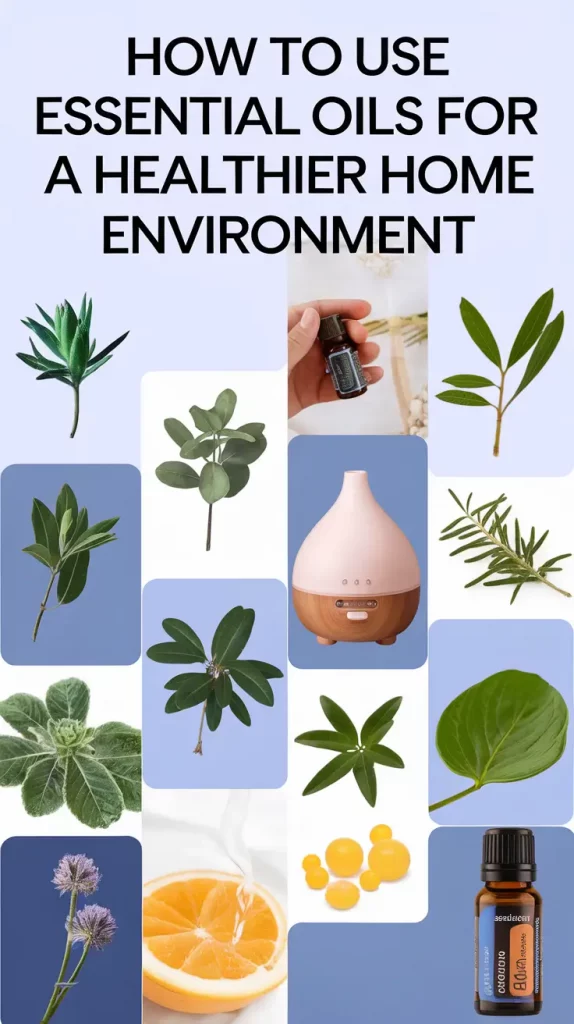
Holistic Health and Indoor Air Quality
Various benefits accompany the pleasant fragrances that essential oils create. Essential oils demonstrate antibacterial and antiviral and antifungal properties which enable them to function as natural agents against indoor pollution. The antibacterial and mold-fighting properties of peppermint oil and lemon oil and tea tree oil make them highly effective.
Question for you: Have you ever wondered if your home environment is supporting or hurting your health?
Top Ways to Use Essential Oils at Home
Essential oil integration for your daily home living becomes straightforward through various methods including diffusers and self-made spray and fabric treatment solutions.
Aromatherapy Diffusers
The standard practice involves operating a diffuser. Ultrasonic diffusers transform water-base essential oil mixtures into evaporating mist particles that fill the air. These devices work optimally in bedrooms and offices as well as living areas.
Tip: Add 5-10 drops of your favorite essential oil per 100 ml of water. The essential oil lavender works best for sleep time while rosemary promotes focus.
DIY Room Sprays
Create your own secure air freshness product by mixing distilled water with essential oils and adding alcohol from sources like vodka or witch hazel. Spray the mixture onto curtains and carpets and also use it in bathroom areas.
Basic Recipe:
- 1 cup distilled water
- 2 tablespoons vodka
- 20-30 drops of essential oil
Mix the ingredients in a spray bottle then shake it before each application.
Pillow & Fabric Refreshers
Use a cotton ball to apply oil drops before placing it inside your pillowcase or couch cushions or laundry baskets. Eucalyptus and lavender essential oils work well together to create relaxation and minimize odors in the environment.
Did You Know? Eucalyptus oil can help kill dust mites naturally.
Essential Oils for Common Household Concerns
| Concern | Recommended Oils | Notes |
|---|---|---|
| Stress & Anxiety | Lavender, Frankincense | Use in diffuser or add to bath |
| Air Purification | Eucalyptus, Tea Tree, Lemon | Kills airborne pathogens |
| Mold & Mildew | Clove, Thyme, Tea Tree | Spray on affected areas with vinegar base |
| Sleep Improvement | Lavender, Chamomile | Use in diffuser or linen spray |
| Focus & Productivity | Peppermint, Rosemary | Ideal for workspaces |
Quick Question: Which of these concerns is most relevant to your home right now?
Natural Cleaning with Essential Oils
Essential oils serve beyond aromatic diffusers since they function as natural components to develop safe homemade cleaning products.
All-Purpose Spray
To substitute commercial cleaners you should create a versatile all-purpose vinegar-water solution with essential oils.
- 1 cup white vinegar
- 1 cup water
- 10 drops lemon oil
- 10 drops tea tree oil
The mixture effectively breaks down grease while providing disinfecting power and a pleasant odor.
Floor Cleaner
Add several drops of peppermint or eucalyptus oil to a warm water solution in a bucket. The solution is suitable for tile and wood surfaces while creating a pleasant scent.
Pro Tip: Use microfiber cloths with your oil-based sprays to reduce waste and increase effectiveness.
Safety Tips You Shouldn’t Ignore
Using essential oils at home requires safety precautions to be your top priority since you have children or pets or sensitive skin.
Oils That Aren’t Pet or Kid Friendly
Essential oils contain compounds that prove toxic for children and pets. The high doses of tea tree and peppermint oil prove dangerous to both cats and dogs.
Safer Alternatives:
- For kids: Lavender, chamomile, sweet orange
- For pets: Frankincense, cedarwood (in small doses)
How to Do a Patch Test
Conduct a skin test before applying oils both to your skin and fabrics. Dilute the oil drop and place it on your inner arm before monitoring the area for 24 hours. The appearance of redness or irritation indicates that you should stop using the oil on your skin.
Don’t Skip Quality Checks
Only buy 100% pure, therapeutic-grade oils. Check the product label for Latin botanical names and country of origin and third-party testing verification. You should avoid purchasing low-cost synthetic oils because they often include dangerous additives.
How to Choose the Right Oils for Your Home
- Read the label: Look for terms like “100% pure” and “organic.”
- Botanical names: Authentic oils list the Latin name (e.g., Lavandula angustifolia for lavender).
- Packaging: Dark glass bottles protect oils from UV light.
- Reputation: Choose reputable brands with transparent sourcing.
- Price check: If it’s too cheap, it’s probably synthetic.
Trends in Essential Oil Use for 2025
- Smart Diffusers: App-controlled devices with timers, mood modes, and remote access.
- Zoned Scenting: Different oils for different rooms (calming in bedrooms, energizing in kitchens).
- Wellness Integration: Combining oils with guided meditation, yoga, and sleep routines.
- Adaptogenic Blends: Mixes that include stress-reducing herbs like ashwagandha.
Poll: Which trend would you like to try first?
– Smart diffuser
– DIY sprays
– Meditation with oils
– All of the above
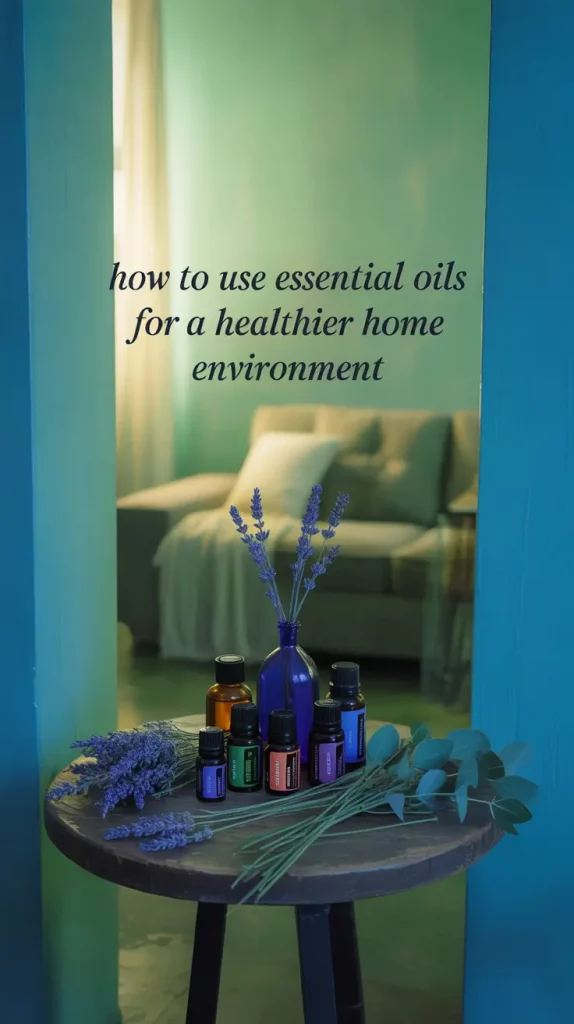
Final Thoughts: Creating a Healthier Home with Essential Oils
Essential oils function as much more than fragrances because they offer users the ability to develop cleaner environments with reduced stress and enhanced balance. The plant-based solutions easily integrate with your regular routines whether you use them to replace synthetic cleaners or design your nightly routines.
Key Takeaways:
- Use diffusers for consistent aroma and wellness benefits
- DIY sprays and cleaners are easy and budget-friendly
- Always choose safe, high-quality oils
- Adapt to trends that suit your lifestyle
What about you? Which oil will you try first? Please leave your ideas and suggestions about these topics in the provided comment section below.
Make sure to distribute this article to people who want to enhance their home wellness experience during 2025.

